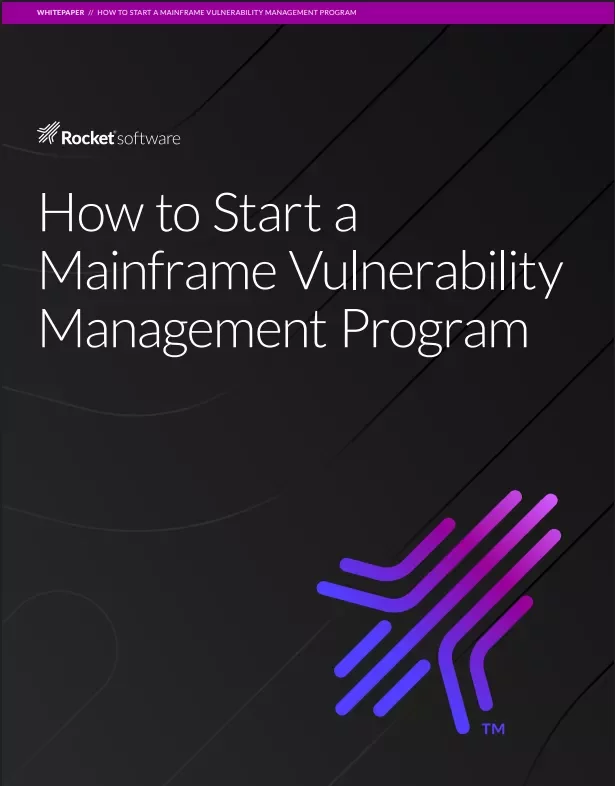Mastering Mainframe Vulnerability Management: Protect Your Critical Systems Now
Mainframes house decades of sensitive business transactions and customer data, which makes them a prime target for cybercriminals. Implementing a robust mainframe vulnerability management program is essential to protect these vital assets.
Understanding mainframe vulnerabilities
Mainframe vulnerabilities can stem from various sources, including hardware configurations, Initial Program Load (IPL) parameters, External Security Manager (ESM) configurations, and operating system programs. A particularly concerning type is code-based vulnerabilities—flaws within the code that allow programs to bypass established security controls. These can emerge during OS upgrades, routine maintenance, or the integration of third-party software. If exploited, these weaknesses can grant unauthorized access to critical data and applications, potentially leading to severe financial and reputational damage.
Starting a mainframe vulnerability management program
Code-based vulnerabilities are deeply embedded, making them hard to find and fix. To protect the integrity of a z/OS® system, you must proactively scan all authorized programs to identify and address vulnerabilities before they can be exploited by a bad actor.
A successful mainframe vulnerability management program includes:
- Vulnerability scanning software: Manual scanning is impractical and costly. Automated tools for code-based and configuration-based scanning can continuously monitor the system on a scheduled basis, ensuring ongoing security and integrity.
- Standardized risk ratings: Assigning risk ratings to vulnerabilities clarifies the necessary course of action. Systems like the Common Vulnerability Scoring System (CVSS) from the National Vulnerability Database provide a standardized approach, helping teams align on remediation priorities.
- Policies and procedures: Establish clear processes for vulnerability mitigation. Define how key stakeholders are informed of security risks, determine reporting responsibilities, and outline steps for rapid remediation when vulnerabilities are discovered.
By implementing these core components, you can build a resilient vulnerability management program that protects mainframe environment from evolving cyber threats.
Take action to secure your mainframe
To master mainframe vulnerability management and enhance your organization's security posture, it's crucial to adopt a structured and informed approach. Download the whitepaper, “How to Start a Mainframe Vulnerability Management Program,” for a detailed roadmap on securing your mainframe systems.
For further insights and expert guidance on building a strong vulnerability management strategy, visit Rocket Software’s Ultimate Guide to Mainframe Vulnerability Management.
Act now to protect your critical systems and stay ahead of evolving cyber threats.
Related posts
Is Your Risk Management Strategy Truly Comprehensive?
Don't leave mainframe security to chance - act now to build a scalable risk management program
Mainframe Passwords Are a Security Liability. Here's a Fix.
Your mainframe security is only as strong as your weakest link—and static passwords are a hacker’s dream.
Green Screens Are Under Attack. Fortify Your Mainframe Security.
Cyberattacks are surging, with AI-powered fraud, insider threats, and stolen credentials making green screen access a prime target.
